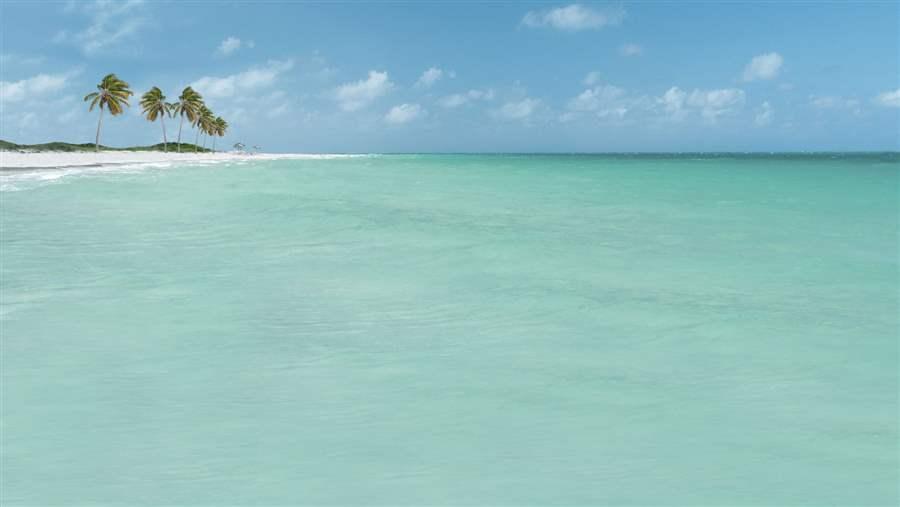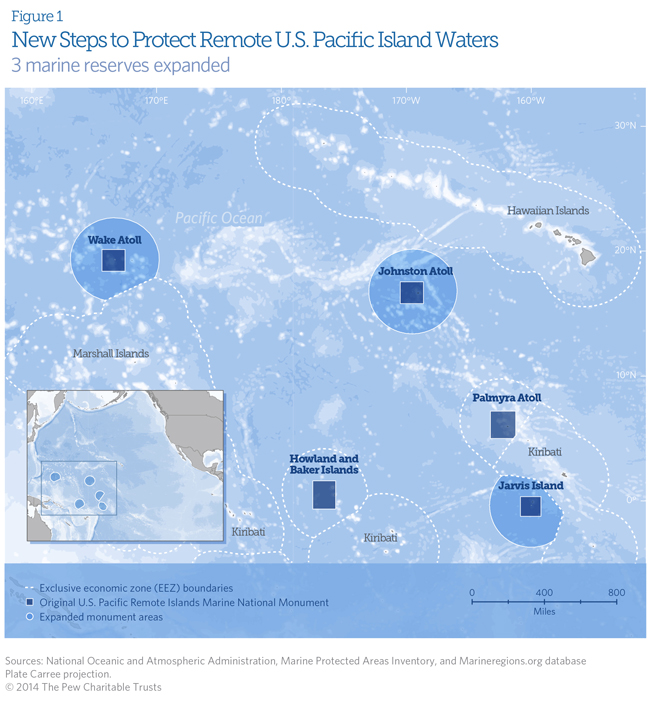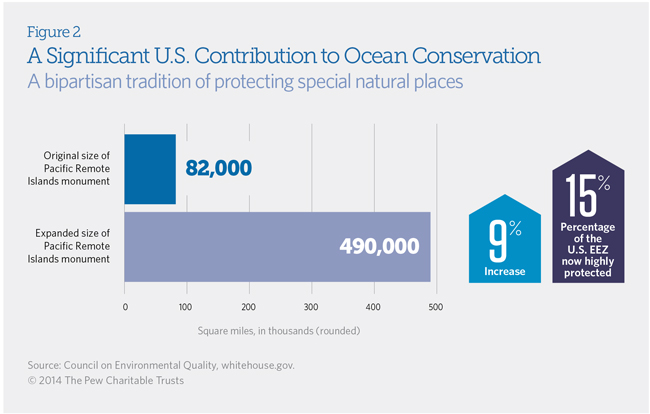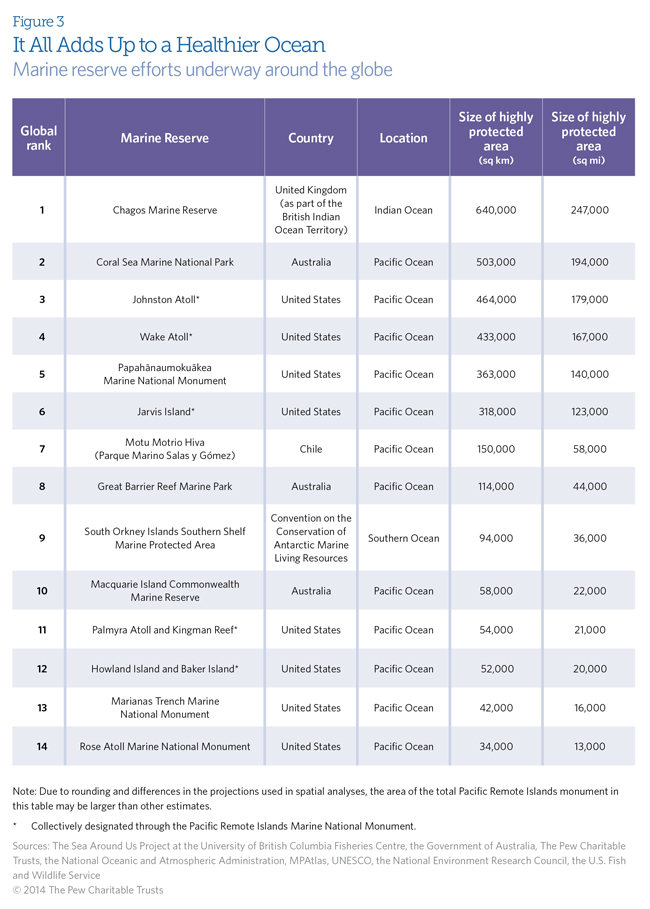Expanded Protections for a U.S. Pacific Ocean Treasure
 © Getty Images
© Getty ImagesOn Sept. 25, 2014, U.S. President Barack Obama announced a significant expansion of the Pacific Remote Islands Marine National Monument, a group of five highly protected marine reserves located thousands of miles southwest of the Hawaiian Islands. President George W. Bush had designated the monument in 2009. These U.S. waters are home to some of the nation’s most important ocean habitat and provide sanctuary for whales, sea turtles, fish, and millions of seabirds.

With this one act by President Obama, the total amount of highly protected U.S. ocean territory has more than doubled from approximately 6 to 15 percent. The United States has more ocean territory than any other nation.

The Johnston Atoll, Wake Atoll, and Jarvis Island marine reserves expand from 50 to 200 miles from shore. Taken together, the new boundaries add 408,000 square miles (approximately 1,050,000 square kilometers)—equivalent to slightly smaller than California and Texas combined—to the Pacific Remote Islands Marine National Monument (PRIMNM). That brings the total size of the monument to 490,000 square miles (approximately 1.27 million square kilometers).
With this one act by President Obama, the total amount of highly protected U.S. ocean territory has more than doubled from approximately 6 to 15 percent. The United States has more ocean territory than any other nation.
The enlarged Johnston Atoll, Wake Atoll, and Jarvis Island marine reserves rank third, fourth, and sixth in size, respectively, among the world’s top highly protected reserves. Their expansion is the latest step in a global movement to create large reserves of this kind to address dramatic declines in ocean health.
Over the past decade, The Pew Charitable Trusts’ Global Ocean Legacy project has worked around the world with governments, scientists, fishermen, and residents to create the first generation of great marine parks. We have played leading roles in the designations of the Papahānaumokuākea Marine National Monument by the United States, the Chagos Marine Reserve—the world’s largest—by the United Kingdom, and the Coral Sea Marine Park by Australia.












